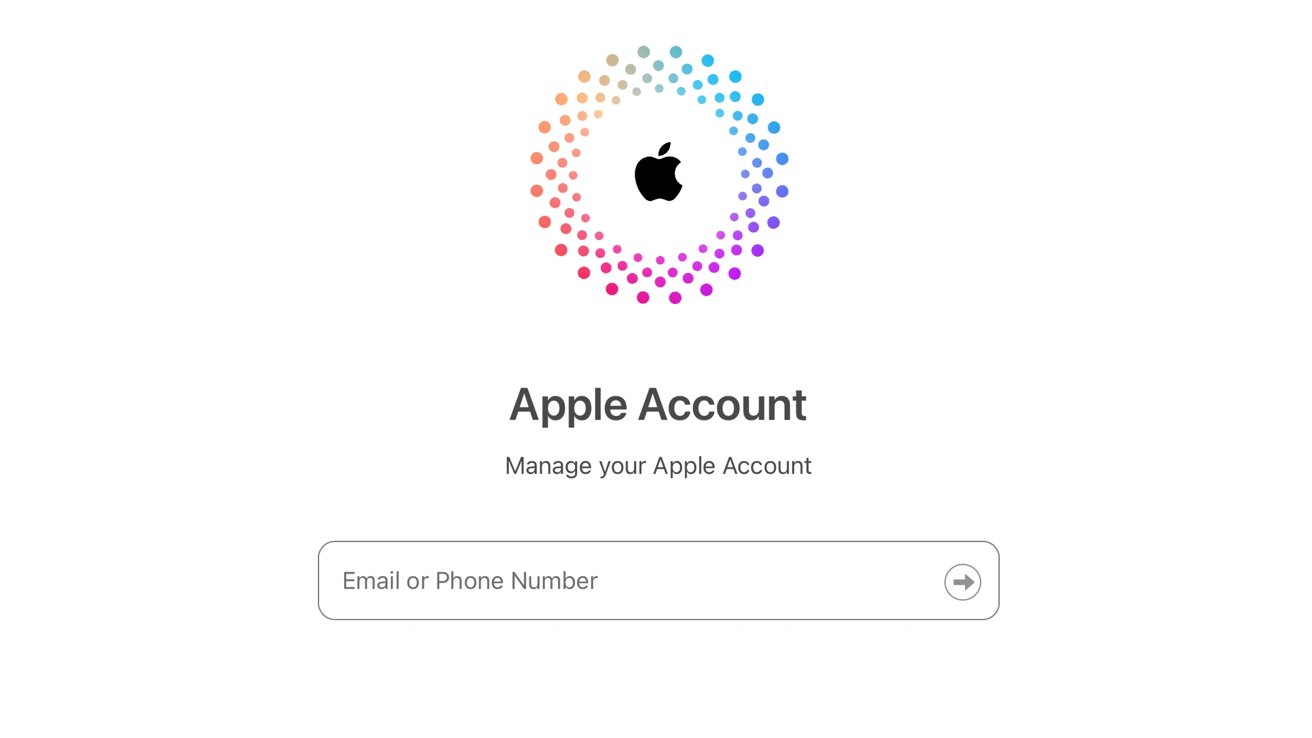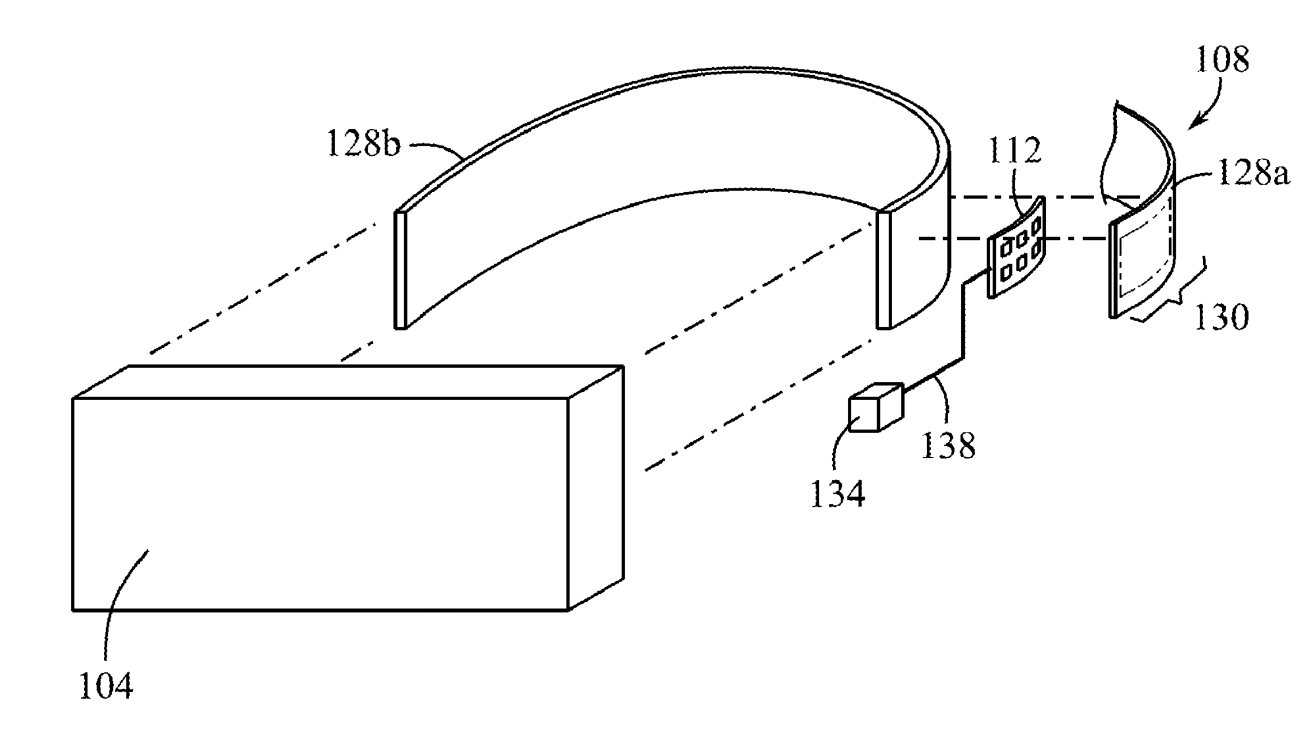
How to recognize and break through whats holding you back
www.fastcompany.com
My mother was always the last parent to pick me up from gymnastics practice. While other moms arrived in jeans, shed sweep in wearing a power suit, fresh from her role as a senior marketing executive at a major software company. At the time, it was a bit embarrassing. Looking back, I realize I was witnessing someone who refused to accept artificial limitations on what she could achieve.Years later, as a CMO, Ive come to appreciate how those early lessons shaped my understanding of professional possibilities. As a CMO in the 80s, my mother was a trailblazerit was not typical for a woman to have a seat at the board table. But Ive also learned that even with strong role models, we can still construct invisible barriers that limit our potential.These self-imposed ceilings manifest in unexpected waysnot just in career aspirations, but in how we think about work itself. Years before remote work became mainstream, I questioned another artificial boundary: the assumption that effective leadership required a physical office. The answers about where and how we could work seemed predetermined by longstanding corporate norms, until I proved otherwise.Wheres your artificial ceiling?The pattern of self-limitation is pervasive in the business world, especially in how we perceive career progression. I have personally experienced how these artificial barriers affect leaders, restricting our potential for further growth and advancement despite our knowledge of customers, market dynamics, and business strategy. Nevertheless, numerous skilled marketing leaders, including myself until recently, hesitate to pursue a trajectory beyond CMO. This is not due to a lack of capability, but rather because we have internalized certain assumptions about our career path direction and the roles that align with our expertise.The same can be said for other professions. Regardless of your department or title, where do you see yourself topping out? Whats the limit? And why is that the limit? Ask yourself those questions. And then make sure the ceiling you envision genuinely where you want your ceiling to be. (Of course, not everyone aspires to be a CEO; Im talking about aligning your perceived ceiling with your desired ceiling.)Break through the ceilingMy own process of breaking through these limitations began with redefining success on my terms. That meant moving beyond traditional career metrics to focus on creating lasting impact. To me, this meant developing the next generation of diverse business professionals, building high-performance teams rooted in different perspectives, and pursuing roles challenging conventional wisdom about career progression.Breaking through artificial ceilings is about more than career paths. Its about how we work. Long before the recent global shift to remote work, I chose to lead my teams from a distance. This was in an era when many questioned whether remote leadership could truly work. But Ive built and led high-performing teams across distances for years, proving that physical presence doesnt define leadership impact. Today, my long-term success as a remote executive serves as evidence that meaningful mentorship, team development, and career growth dont require shared office space.My professional goals have evolved beyond the CMO rolea goal that once seemed beyond my scope but now forms the core of my professional vision. The interesting thing is that breaking through the limitations was never just about moving up the ladder; its more that I realized that the metrics that matter to me, and the impact I want to have are beyond the CMO role. My perceived ceiling now aligns with my desired ceiling.Elevate others along the wayThe process of dismantling these self-imposed barriers isnt just personal; its about creating ripple effects throughout organizations as well as our families, social circles, communities, and more. In my role mentoring emerging business professionals, Ive seen how one person breaking through their perceived limitations can inspire others to do the same. (Really!)Its so much easier to recognize and dismantle artificial ceilings when youre doing so in an environment that actively encourages it. Again, this doesnt require physical proximity. When we challenge assumptions about where and how work gets done, we open new possibilities for talent, collaboration, and achievement. My teams have consistently demonstrated that leadership excellence transcends physical location. Thats why, for your sake and for the sake of the people around you, I strongly encourage you to take the lead in creating that environmentwherever you are. Empowering employees to challenge self-imposed boundaries requires intentional action:Actively questioning assumptions about traditional career trajectoriesBuilding support systems that encourage ambitious professional movesDeveloping teams that celebrate diverse perspectives and approachesCombining specialist expertise with broader leadership skillsCreating opportunities for others to expand their perceived limitationsCan you imagine the collective power of everyone redefining success, questioning assumptions, dismantling boundaries, and striving for their full potential? The potential impact on their individual success and career satisfaction is pretty amazing. Plus, you can combine that with the impact on the overall organization as people become more intentional about excellence and achievement.Even if youre not in a position to spearhead a cultural change within your own organization, you can still lead by example. Create a new pathway for others to follow.Turn uncertainties into possibilitiesFor those questioning their own artificial ceilings, start by examining your automatic responses to career opportunities. Do you immediately rule out certain roles? Do you assume some positions are out of reach? Challenge these assumptions. Consider whether youre limiting yourself based on outdated notions of whats possible.Its okay to be uncertain; thats natural when youre in a new scenario and pushing through barriers. But that means youre getting somewhere. It means youre turning uncertainties into possibilities.I started my career stuffing envelopes. To get to the C-suite, there had to be a lot of new scenarios, and a lot of barriers to push through. And Im still working on it. The key is recognizing these self-imposed barriers for what they are: artificial constructs that can be dismantled with intention and support.The next time you encounter an opportunity that seems just beyond your reach, pause and ask yourself: Is this a real ceiling, or one Ive built myself? The answer might reveal possibilities you never considered achievableand the first step toward breaking through to your full potential.Melissa Puls is chief marketing officer and SVP of customer success at Ivanti.
0 Reacties
·0 aandelen
·15 Views











